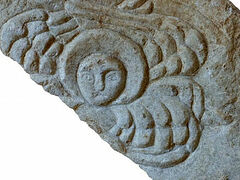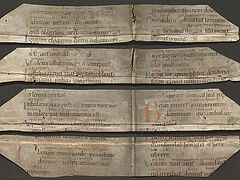Hamburg, June 11, 2024
Papyrologists have deciphered a manuscript fragment that went unnoticed for decades in a German university library.
Dr Lajos Berkes from the Institute for Christianity and Antiquity at the Humboldt University of Berlin, and Professor Gabriel Nocchi Macedo from the University of Liège in Belgium have identified the fragment from the University of Hamburg as coming from the so-called Infancy Gospel of Thomas.
The scholars date it to the 4th–5th century, making it the earliest surviving fragment of the apocryphal text. Previously, a codex from the 11th century was the earliest Greek version, reports the Humboldt University of Berlin.
The “Gospel” includes episodes supposedly from the childhood of Jesus. Though deemed apocryphal, the stories were popular in Antiquity and the Middle Ages, according to the university.
Early Church Fathers and writers referred to the text, deeming it apocryphal and even heretical. St. Irenaeus of Lyons called it spurious, Eusebius of Caesarea rejected it as heretical fiction, as did Pope St. Gelasius I.
“Our findings on this late antique Greek copy of the work confirm the current assessment that the Infancy Gospel according to Thomas was originally written in Greek,” says Macedo.
The fragment measures 11 x 5 centimeters, with a total of 13 lines in Greek, around 10 letters per line. Researchers believe it originates from late antique Egypt.
The fragment tells a story supposedly from Jesus’ childhood where He molds twelve sparrows out of clay, and after being rebuked by St. Joseph for doing such things on the Sabbath, claps His hands and brings the sparrows to life.
Follow OrthoChristian on Twitter, Vkontakte, Telegram, WhatsApp, MeWe, and Gab!




